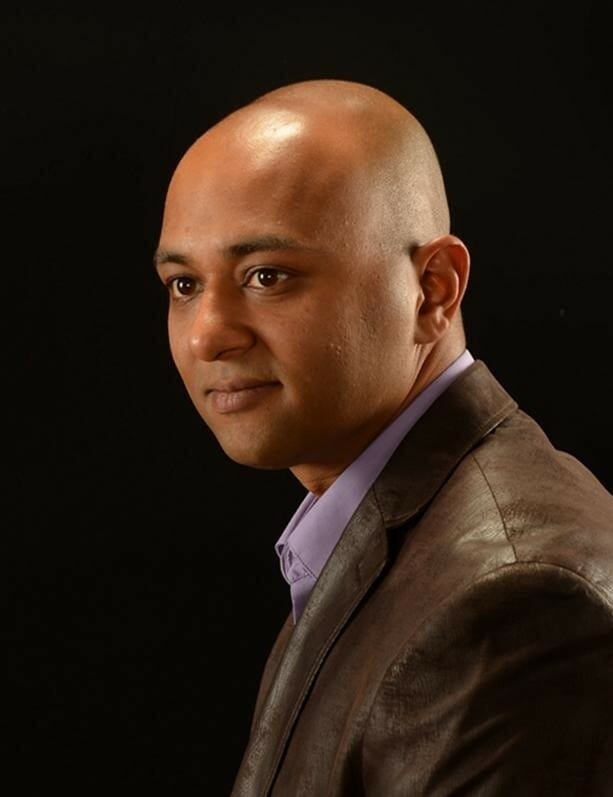In a world where energy supply and consumption are becoming increasingly dynamic and complex, energy providers are still expected to maintain a standard of safe, reliable and resilient power delivery. Distributed energy resources (DERs) – small-scale units of local generation connected to the grid at the distribution level that often include battery storage, electric vehicles (EVs), EV charging stations and residential solar – and associated business models are proliferating at a staggering rate.
Traditional utility customers are transitioning from interacting with consumers to networking with prosumers, and utilities are facing pressure to become more sophisticated as policymakers push to shrink carbon footprints. Under this lens, traditional utility planning tools are insufficient. These tools have not fully embraced the potential or the expansion of DERs within power networks, where the increased penetration of DERs has the capability to wreak havoc on grid resiliency.
Whether it be photovoltaic plus battery storage or EVs and fleet charging, it is imperative to be able to assess the locational impact of each resource in a timely manner. Traditional planning tools leverage a brute force method, requiring a significant amount of an engineering time to conduct one-off studies. But dynamic network tools that quickly model parallel simulations become a necessity to validate load flow calculations and understand the dynamic hosting capacity on areas of the network. Planning tools need to become more automated and integrate better with the utility’s back office systems to help reduce the time required to conduct an engineering analysis.
For certain utilities, using traditional tools to validate the network model and load flow calculations could require four to six hours per circuit, and in some cases more than 20 hours. Multiply that by 1,000 circuits – as well as adding in the complexity of optimization-based problems such as DER location, storage dispatch and hosting capacity – and utilities are faced with a significant amount of time required just to conduct the studies, let alone being able to use the results.

This is why TRC has teamed with Opus One Solutions, a pioneer in grid software engineering that recently introduced a new Integrated Distribution Planning (IDP) tool based on its GridOS® Platform. This application delivers significant savings and benefits to utilities facing the challenges of grid modernization.
IDP is a leap forward in merging traditional and DER planning efforts. It enables collaboration between traditional planners, DER planners, DR program managers and operational planners to provide the data and analytics to support rate case filings. IDP breaks the rules of the traditional planning approach and revolutionizes the way distributed resources and assets are planned for, capitalized and evaluated.
GridOS-IDP enables utilities to perform complex studies for more advanced analyses in areas such as calculating optimal power flow, nodal/dynamic hosting capacity, DER placement, storage dispatch and investment optimization in a matter of minutes, even for large batches of networks. GridOS-IDP also helps utilities improve, standardize and automate advanced planning processes like non-wires alternatives evaluation, DER interconnection automation, EV modeling and asset optimization.
At TRC we have 50 years of experience in helping utilities solve their toughest transmission and distribution engineering and planning challenges. With a focus on deploying and integrating best-of-breed technologies, TRC is synthesizing Opus One Solutions GridOS-IDP platform with our proven engineering capabilities to create a powerful partnership.
We provide critical DER planning capability in software and then add real-world practical knowledge and experience to the analysis. As partners, TRC and Opus One Solutions help utilities operate more efficiently, reduce strain in supporting departments (like IT) and operate a holistic, integrated and automated solution.
As utilities and other third parties continue down the pathway of deploying DERs in the distribution network, having partners in this space who can deliver a comprehensive, near real-time DER planning process is essential. TRC and Opus One Solutions stand ready to be that critical partner.
For more information on how we can help with your next project, contact Sachin Gupta at SGupta@TRCcompanies.com.



